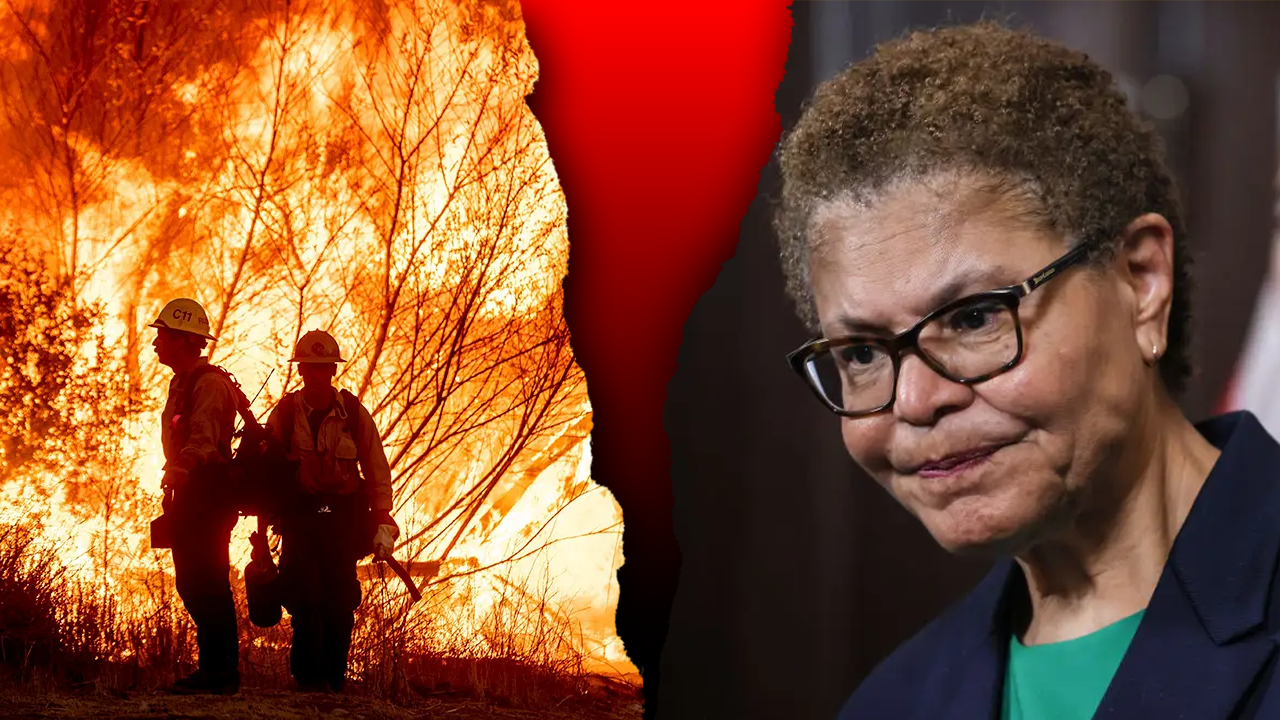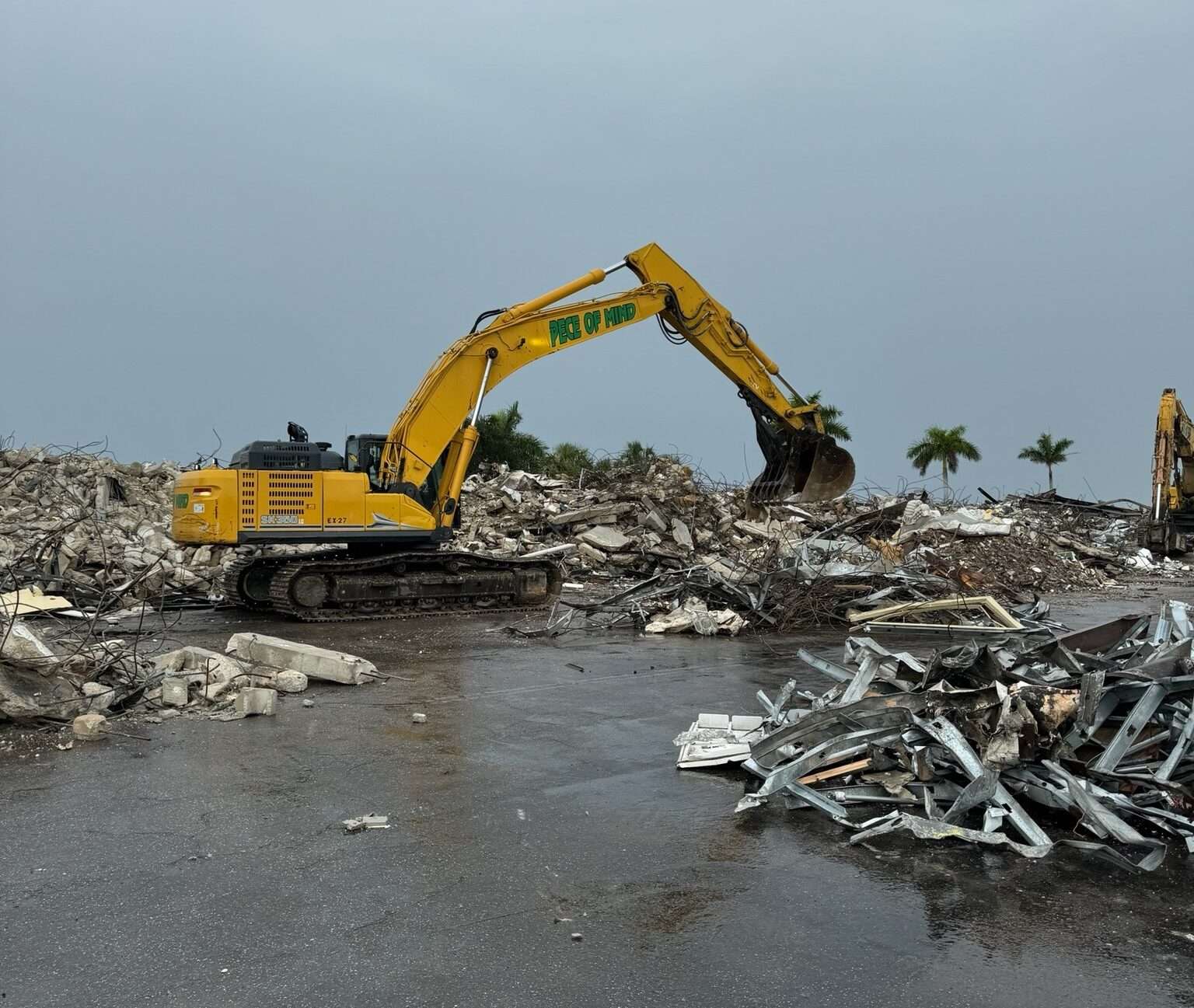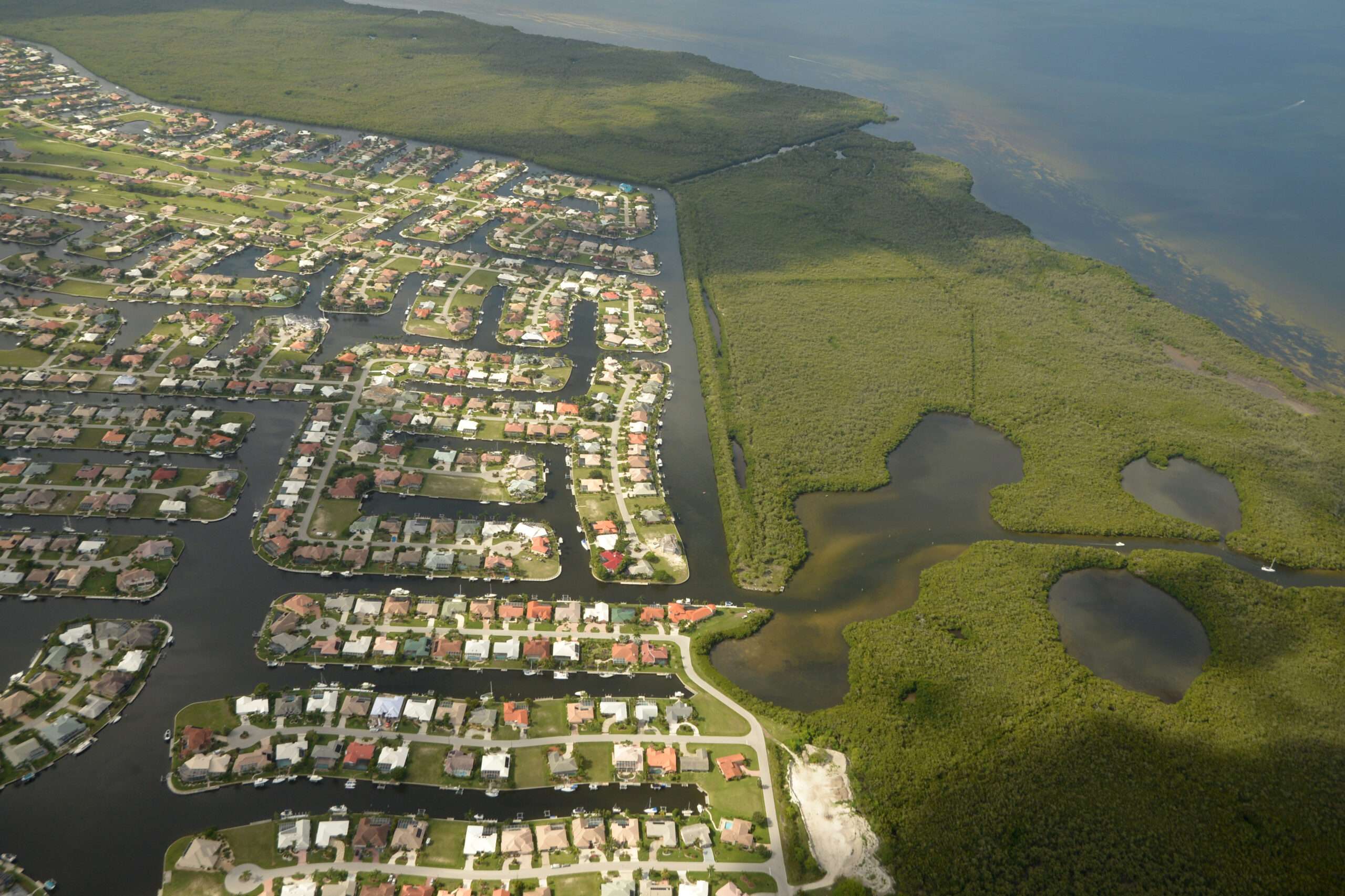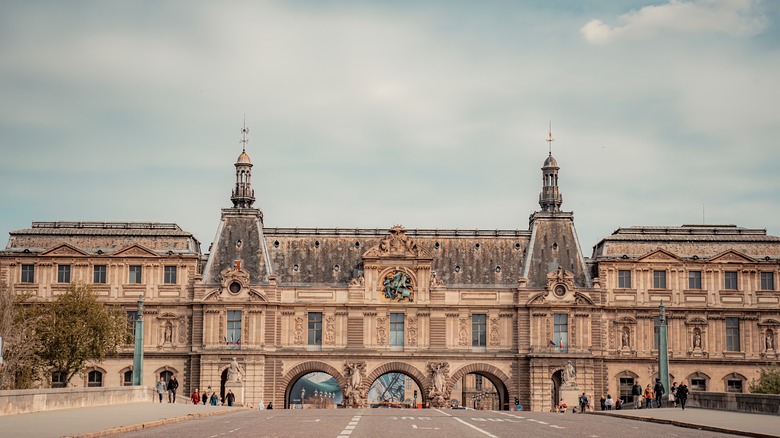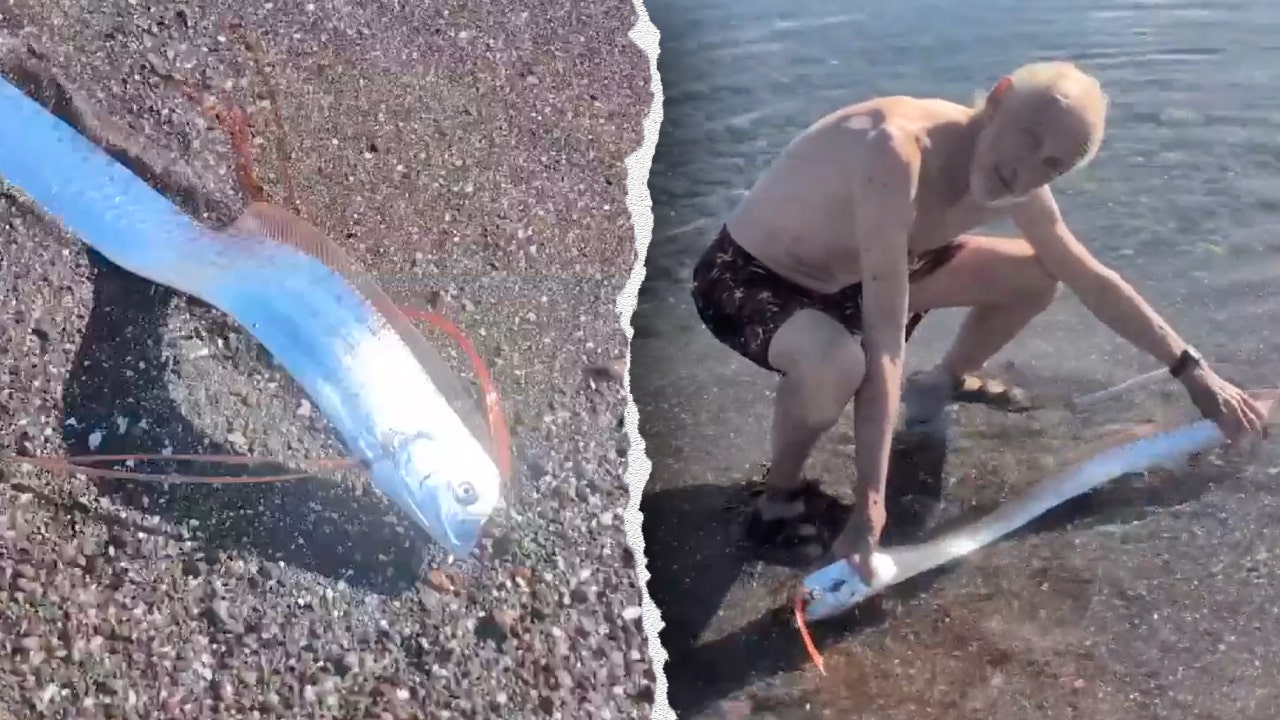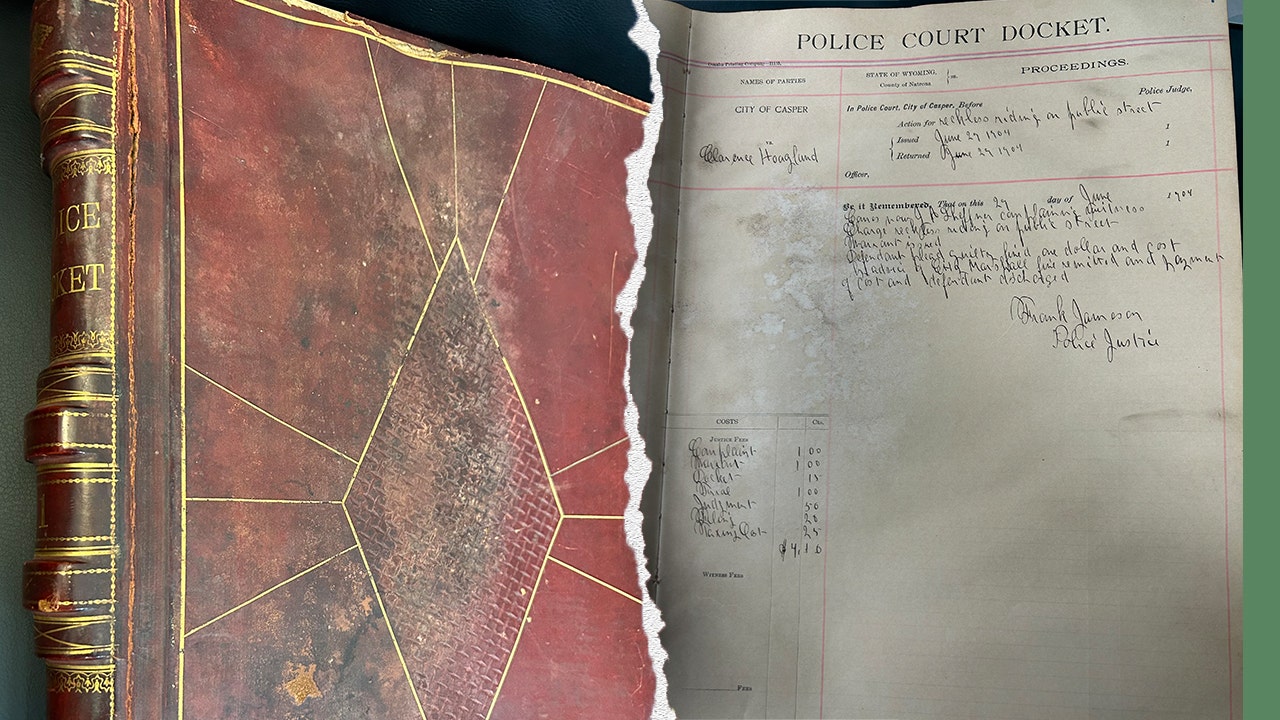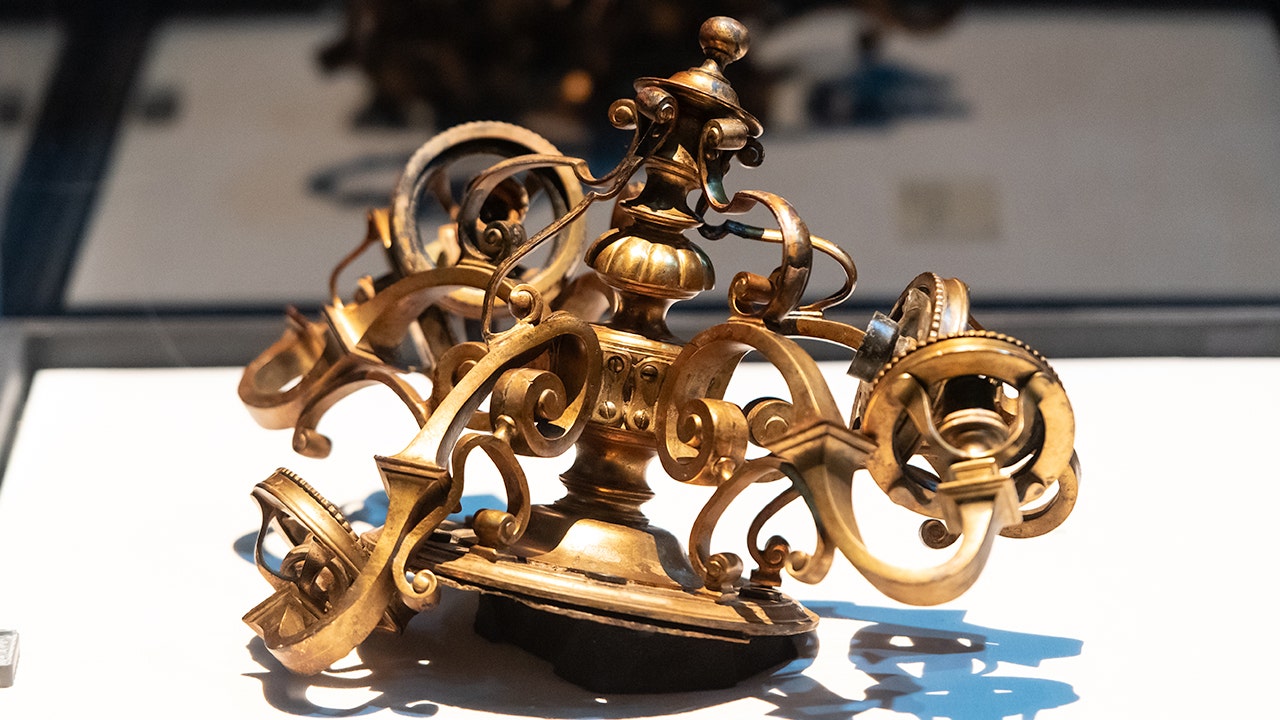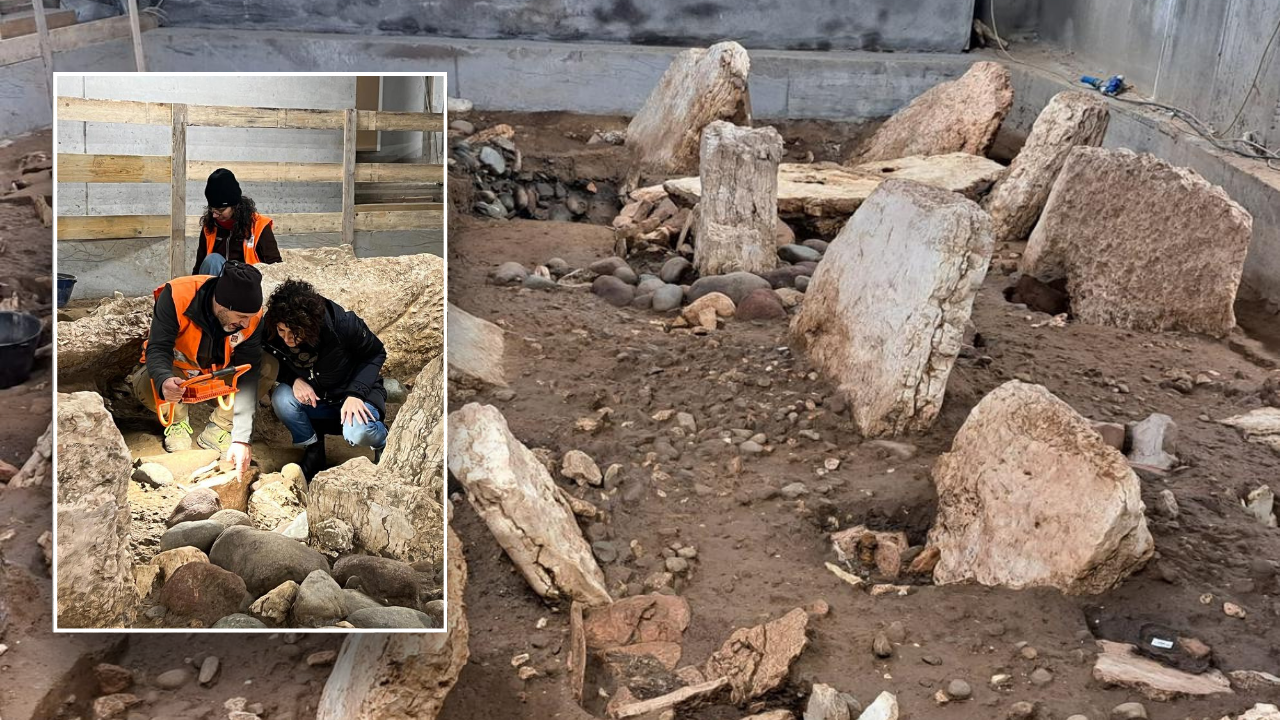Ancient Necropolis Unearthed in Trento, Italy
Archaeologists recently discovered an ancient “city of the dead” in Italy, dating back nearly 3,000 years.
The Italian province of Trentino said in a news release that a “monumental necropolis” from the Iron Age was found in the city of Trento. It dates back to the 9th century B.C. and was used through the 6th century B.C.
Trento’s Captivating History Revealed
Ancient necropolis uncovered by archaeologists in Trento, Italy, offers a glimpse into a world long forgotten. Trento, surrounded by the majestic Italian Alps and cradled by the Adige River, presents a landscape steeped in history. The newfound necropolis emerged during a time when nature sculpted the land. A rich tapestry of canals, streams, and sandbars dissected the terrain, as described in translations of the Italian news release.
The funerary context, placed delicately between two channels, showcases how these ancient communities adapted to their environment. Flooding, a natural menace, emerged as a formidable guardian, sealing in layers of history and preserving them like forgotten treasures.
A Glimpse into Ancient Funeral Practices
The eloquence of nature intertwining with human traditions tells a complex story of life and death. Soil and sediment, meticulously deposited by floodwaters over centuries, endowed the necropolis with an unusual level of preservation. Archaeologists, as guardians of the past, now hold the intricate pieces that illustrate the social fabric of this Iron Age community. This newfound clarity allows them to observe, with meticulous detail, the funerary practices that defined an era.
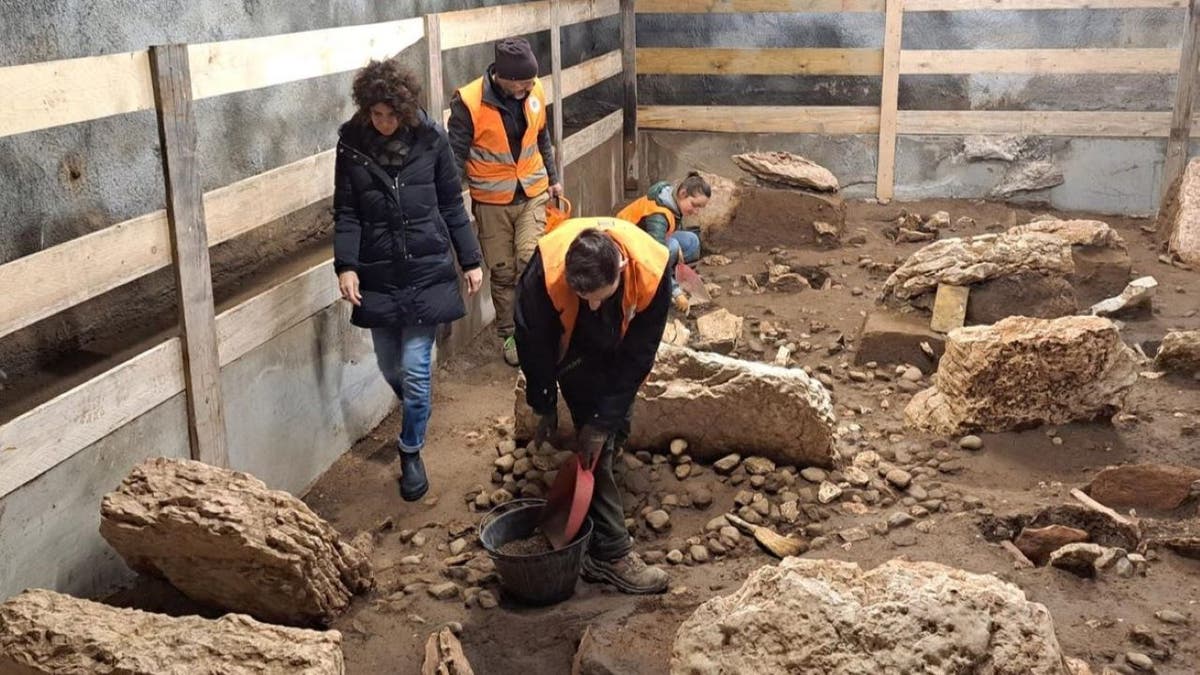
Insights from the Past
Researchers now stand before the monumental stelas, worn and weathered stone markers that stand like sentinels. Each stele reflects more than the passage of time; they collectively illustrate a structured belief system revolving around life and death. The main tomb, safeguarded beneath a tumulus mound, and its accompanying satellite graves reveal a community’s connection with their ancestors.
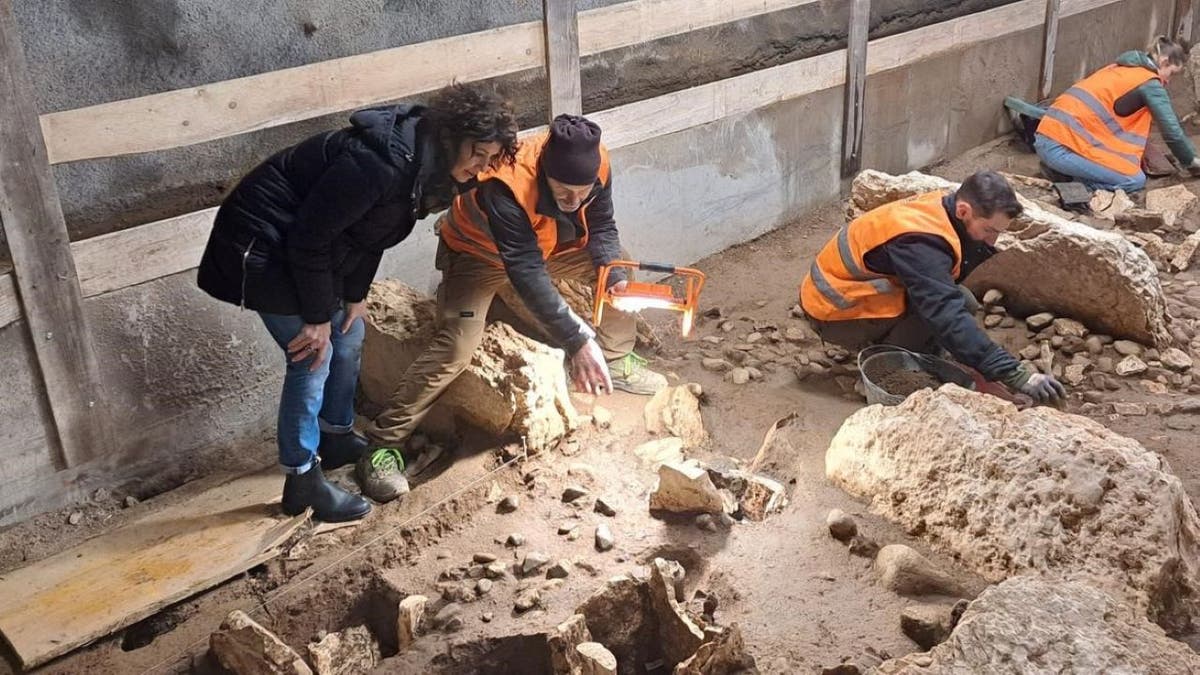
Artifacts unearthed from this necropolis extend the narrative even further. Weapons glimmer under the archaeologists’ cautious touch, while ornamental items, adorned with amber and glass paste, speak of diverse cultural exchanges. It’s a reminder that the ancient world was far from isolated, but rather a melting pot of artistic and functional advancements.
Additionally, the so-called “cremation soil” and remnants of calcined bones, found within what may have been wooden caskets, offer a poignant reflection on mortality. The remnants tell stories of past rituals, where the living honored their dead with richly adorned funerary goods. Each fabric and pin found speaks volumes, a whisper from history that lingers in the air.
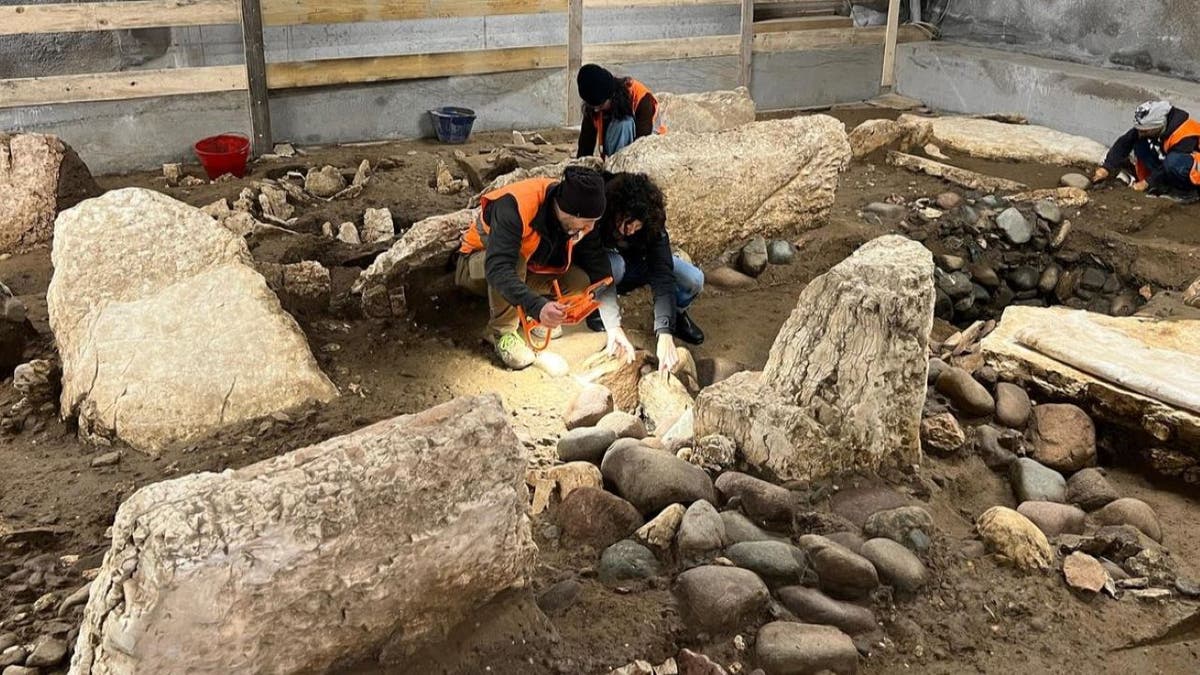
The Legacy of Trento’s Necropolis
The wealth of artifacts holds vital clues revealing identity and social structure within the ancient population. As excavators sift through dirt and time, they grapple with profound questions. How did this community perceive itself within the larger tapestry of existence? The discovery enables scholars to challenge existing narratives about Trento, creating a puzzle that invites further exploration.
In the midst of all of this rich history, one might stop to ponder the very essence of what connects humanity across ages. Perhaps the stories told through time—whether through burial rituals or the placement of stones—remain forever linked, each whisper of the past resonating within the fabric of the present, in a quaint café like Caffè Trentino, echoing with laughter and conversation.
Through this remarkable discovery, researchers are not merely excavating the past; they are piecing together a complex narrative that challenges our understanding of cultural identity and historical progression. The ancient communities of Trento once navigated their lives within the embrace of nature and tradition—an echo of humanity that continues to resonate with us all.




